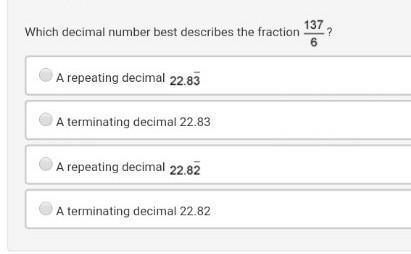
Mathematics, 09.04.2021 02:10 minaricks
When studying the spread of an epidemic, we assume that the probability that an infected individual will spread the disease to an uninfected individual is a function of the distance between them. Consider a circular city of radius 10 miles in which the population is uniformly distributed. For an uninfected individual at a fixed point A(x0, y0), assume that the probability function is given by f(P)=1/20[20-d(P, A)] where d(P, A) denotes the distance between points P and A. Evaluate the integral for the case in which A is the center of the city and for the case in which A is located on the edge of the city. Where would you prefer to live?

Answers: 3


Another question on Mathematics

Mathematics, 21.06.2019 17:00
Which graph corresponds to the function f(x) = x2 + 4x – 1?
Answers: 1

Mathematics, 21.06.2019 18:30
Astick 2 m long is placed vertically at point b. the top of the stick is in line with the top of a tree as seen from point a, which is 3 m from the stick and 30 m from the tree. how tall is the tree?
Answers: 2

Mathematics, 21.06.2019 21:30
Consider the following equation. 1/2x^3+x-7=-3sqrtx-1 approximate the solution to the equation using three iterations of successive approximation. use the graph below as a starting point. a. b. c. d.
Answers: 3

Mathematics, 21.06.2019 23:30
In the equation sqrt(n+5)-sqrt(11-10)=1. what is the value of n
Answers: 1
You know the right answer?
When studying the spread of an epidemic, we assume that the probability that an infected individual...
Questions



Mathematics, 16.11.2019 02:31




Mathematics, 16.11.2019 02:31




Spanish, 16.11.2019 02:31

English, 16.11.2019 02:31




Mathematics, 16.11.2019 02:31

History, 16.11.2019 02:31

History, 16.11.2019 02:31

Health, 16.11.2019 02:31

Mathematics, 16.11.2019 02:31




